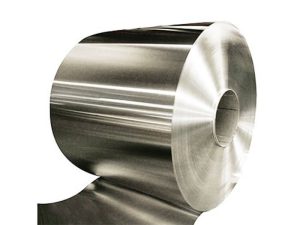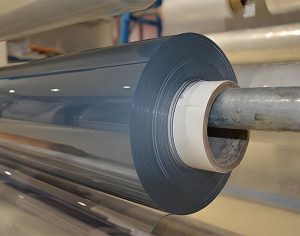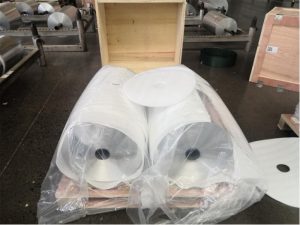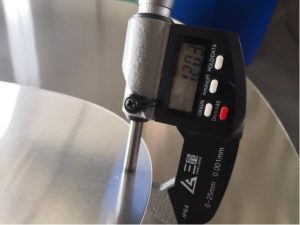Introduction
Transformer aluminum strip, a crucial component in the construction of transformers, is a specialized aluminum alloy strip designed for winding applications. This material plays a pivotal role in the power industry, particularly in the manufacturing of power transformers. At Huasheng Aluminum, we are proud to be a leading factory and wholesaler of high-quality transformer aluminum strips, offering a range of products tailored to meet the diverse needs of our clients.
What is a Transformer Aluminum Strip?
Transformer aluminum strips are flat, narrow aluminum materials obtained by rolling aluminum ingots. They are key components in power transformer windings and core assemblies. These strips are available in various alloys, each with its unique properties, making them suitable for different types of transformers.

Advantages of Transformer Aluminum Strip
Our transformer aluminum strips offer several advantages over other materials, such as copper:
- High Conductivity: While aluminum’s conductivity is slightly lower than copper, it is more than sufficient for most transformer applications.
- Lightweight: Aluminum’s lower density makes transformers lighter and easier to handle.
- Cost-Effective: Aluminum is generally less expensive than copper, reducing the overall cost of manufacturing transformers.
- Thermal Conductivity: Good thermal conductivity helps dissipate heat, maintaining the transformer’s operational temperature.
Transformer Aluminum Strip Specifications
At Huasheng Aluminum, we offer a variety of transformer aluminum strip specifications to cater to different transformer models and capacities. Our products are available in several alloys, thicknesses, widths, and surface treatments.
Alloys
| Alloy |
Description |
Typical Applications |
| 1050 |
Commercially pure aluminum with high electrical conductivity |
Low-voltage and low-power applications |
| 1050A |
Slightly modified version of 1050 for specific applications |
Custom applications |
| 1060 |
Pure aluminum with good formability and conductivity |
Moderate electrical conductivity requirements |
| 1070 |
High electrical conductivity alloy |
High-efficiency transformer windings |
| 1070A |
Slightly modified version of 1070 for specific applications |
Custom applications |
| 1350 |
Very high electrical conductivity |
High-performance transformers |
| 3003 |
Alloy with good formability and moderate conductivity |
General transformer windings |
| 5052 |
Alloy with lower conductivity but good formability |
Structural components in transformers |
Production Process
Our transformer aluminum strips are manufactured using a meticulous process that ensures high-quality products. The process includes:
- Casting: High-purity aluminum is melted and cast into ingots.
- Rolling: The ingots are rolled into strips with precise thickness and width.
- Drawing: The strips are drawn to achieve the desired mechanical properties.
- Surface Treatment: Various treatments like anti-rust coating, painting, or sandblasting are applied to enhance durability.
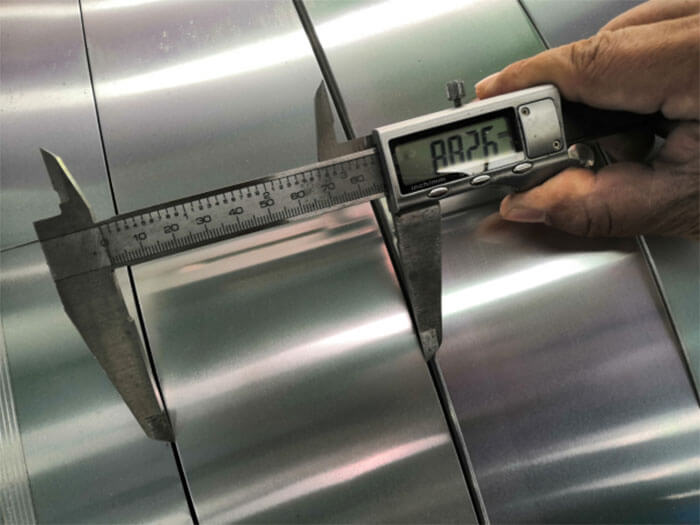
Applications
Transformer aluminium strips are used in a wide range of transformer types, including:
- Power Transformers: For efficient power transmission and distribution.
- Distribution Transformers: In residential and commercial areas for stepping down voltage.
- Instrument Transformers: For measuring and controlling electrical parameters.
Frequently Asked Questions
How is the Thickness of Transformer Aluminum Strips Determined?
The thickness is determined based on the transformer’s design specifications, considering factors like voltage rating, current capacity, and efficiency requirements.
How is the Insulation of Transformer Aluminum Strips Handled?
Strips may be coated with insulating materials like enamel, paper, or varnish to prevent short circuits and ensure proper electrical isolation.
Can Transformer Aluminum Strips be Recycled?
Yes, aluminum is highly recyclable, and the strips can be recycled to reclaim the metal for other applications.
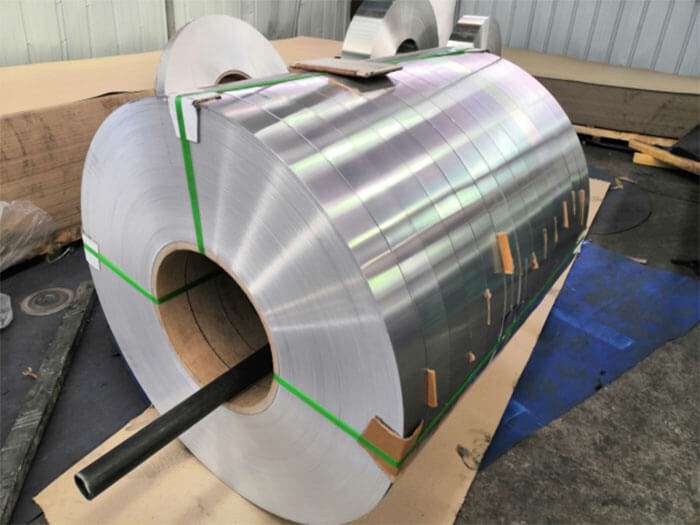
Comparison: Aluminum Transformer vs Copper Wound Transformer
| Feature |
Aluminum Wound Transformers |
Copper Wound Transformers |
| Conductivity |
Slightly lower than copper |
Higher |
| Cost |
Lower |
Higher |
| Weight |
Lighter |
Heavier |
| Thermal Expansion |
Higher |
Lower |
| Corrosion Resistance |
Lower |
Higher |
Choosing the Right Transformer Aluminum Strip
When selecting transformer aluminum strips, consider the following factors:
- Size Requirements: Determine the size and thickness based on the transformer’s design and specifications.
- Alloy Quality: Choose the appropriate alloy for the required strength, conductivity, and corrosion resistance.
- Surface Quality: Opt for strips with a smooth surface and no defects.
- Quality Certification: Ensure the strips meet international standards like ASTM, IEC, GB, etc.
- Supplier Reputation: Choose a reputable supplier with extensive experience and a commitment to quality.
